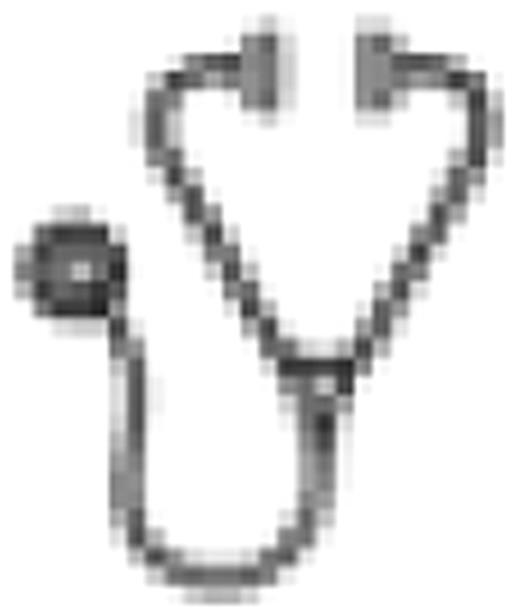Abstract
Poster Board II-571
The prediction of the response of chronic myelogeneous leukemia (CML) to imatinib is clinically important. However, no reliable markers are known.
From January 2005 to April 2007, 32 patients with newly diagnosed CML were treated at our hospital. The diagnosis was made based on the existence of the Philadelphia chromosome. A routine bone marrow aspiration was performed to evaluate bone marrow smears, karyotypes, phenotypes, and bcr/abl message levels before the start of imatinib. Phenotypic analysis was conducted using three-color flow cytometry as follows: bone marrow mononuclear cells were stained with fluorescein isothiocyanate-conjugated monoclonal antibody, phycoerythrin-conjugated monoclonal antibody, and peridinin chlorophyll protein-conjugated CD45. A gate was set to identify blasts characterized by intermediate CD45 expression and low side-scatter properties. Phenotypes of the cells in the blast region were analyzed using a flow cytometer (FACSCalibur; BD Biosciences, San Jose, CA, USA). As a control, bone marrow samples were obtained from 8 healthy volunteers and 35 patients with refractory anemia of myelodysplastic syndrome (MDS-RA).
All patients were diagnosed as having CML in the chronic phase and given imatinib alone. According to the response after one year of treatment with imatinib, patients showing and not showing a complete cytogenetic response were designated as group A (26 patients) and group B (6 patients), respectively. There were no significant differences between the two groups in terms of the age, peripheral blood cell counts, peripheral blood blast percentages, peripheral blood basophil percentages, bone marrow cell differentials, bone marrow blast percentages, additional chromosomal abnormalities, Sokal's score, Hasford's score, and spleen size before the start of imatinib. The mean imatinib dose per day was higher in group A (349 mg) than in group B (284.4 mg); however, the results were not significant (p=0.051). Group B showed higher percentages of myeloid cells in the blast region than group A, while the former showed lower percentages of B lymphoid cells in the blast region than the latter. CD33/CD10, CD33/CD19, CD13/CD10, and CD13/CD19 ratios in the blast region in group B were significantly higher than in group A: 56.6 vs. 6.0 (p<0.01), 34.5 vs. 6.0 (p<0.01), 33.1 vs. 7.7 (p<0.01), and 23.8 vs. 4.9 (p<0.05), respectively. There were no differences between the two groups regarding the percentage of CD34+ and CD117+ cells. Similar results were obtained, when patients were evaluated after six months of treatment with imatinib. After the six-month imatinib treatment, patients were divided into two groups: one group (group C) showed undetectable bcr/abl messages (17 patients), and the other (group D) showed detectable bcr/abl messages (6 patients). There were no significant differences between the two groups in terms of imatinib dose per day and other clinical data. CD33/CD10, CD33/CD19, CD13/CD10, and CD13/CD19 ratios in the blast region in the group D and in the group C were 11.6 vs. 6.4 (p=0.05), 10.5 vs. 6.1 (p<0.05), 13.9 vs. 8.1 (p<0.05), and 9.4 vs. 5.7 (p<0.05), respectively. CD33/CD10, CD33/CD19, CD13/CD10, and CD13/CD19 ratios in the blast region in the MDS-RA patients and healthy volunteers were 3.2 vs. 0.7, 3.2 vs. 0.5, 2.5 vs. 0.6, and 3.0 vs. 0.6, respectively.
An increase in CD33/CD10 ratios in the blast region in CML before the start of imatinib is associated with resistance to the drug. A cut-off value of 30 for CD33/CD10 ratios in the blast region in CML at diagnosis is useful for predicting the response of CML to imatinib after one year of treatment with the drug.
No relevant conflicts of interest to declare.

This icon denotes an abstract that is clinically relevant.
Author notes
Asterisk with author names denotes non-ASH members.

This feature is available to Subscribers Only
Sign In or Create an Account Close Modal